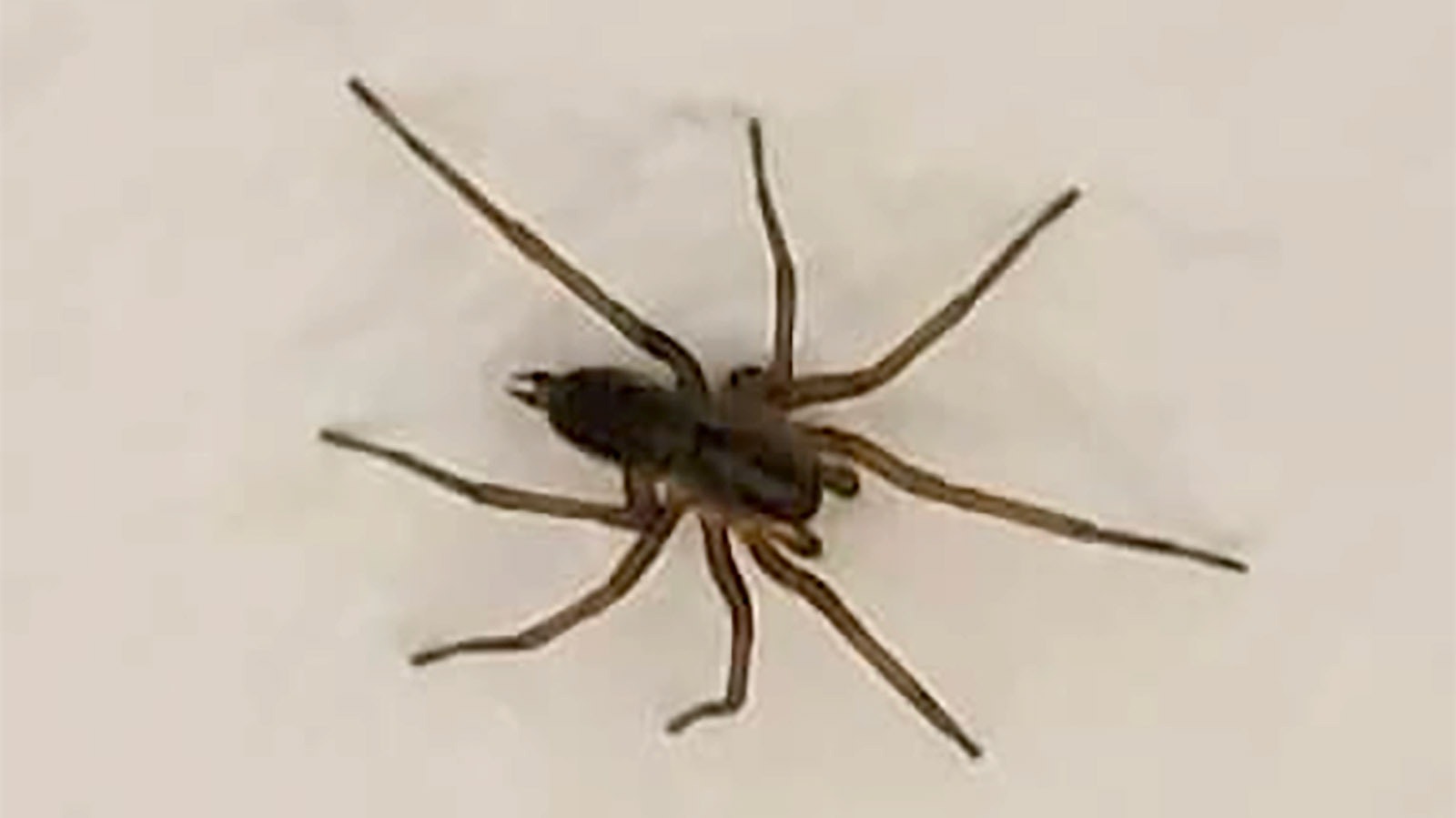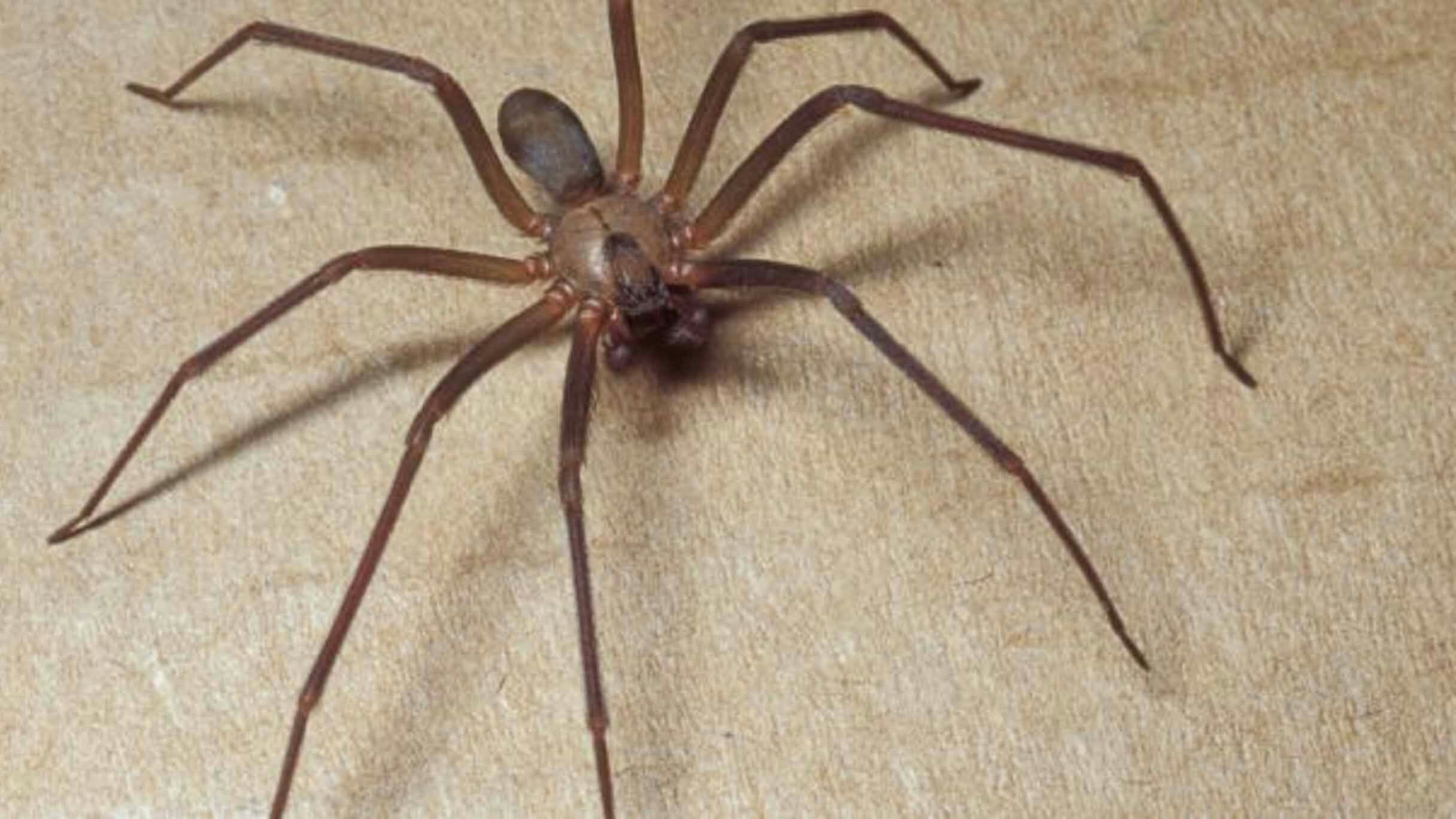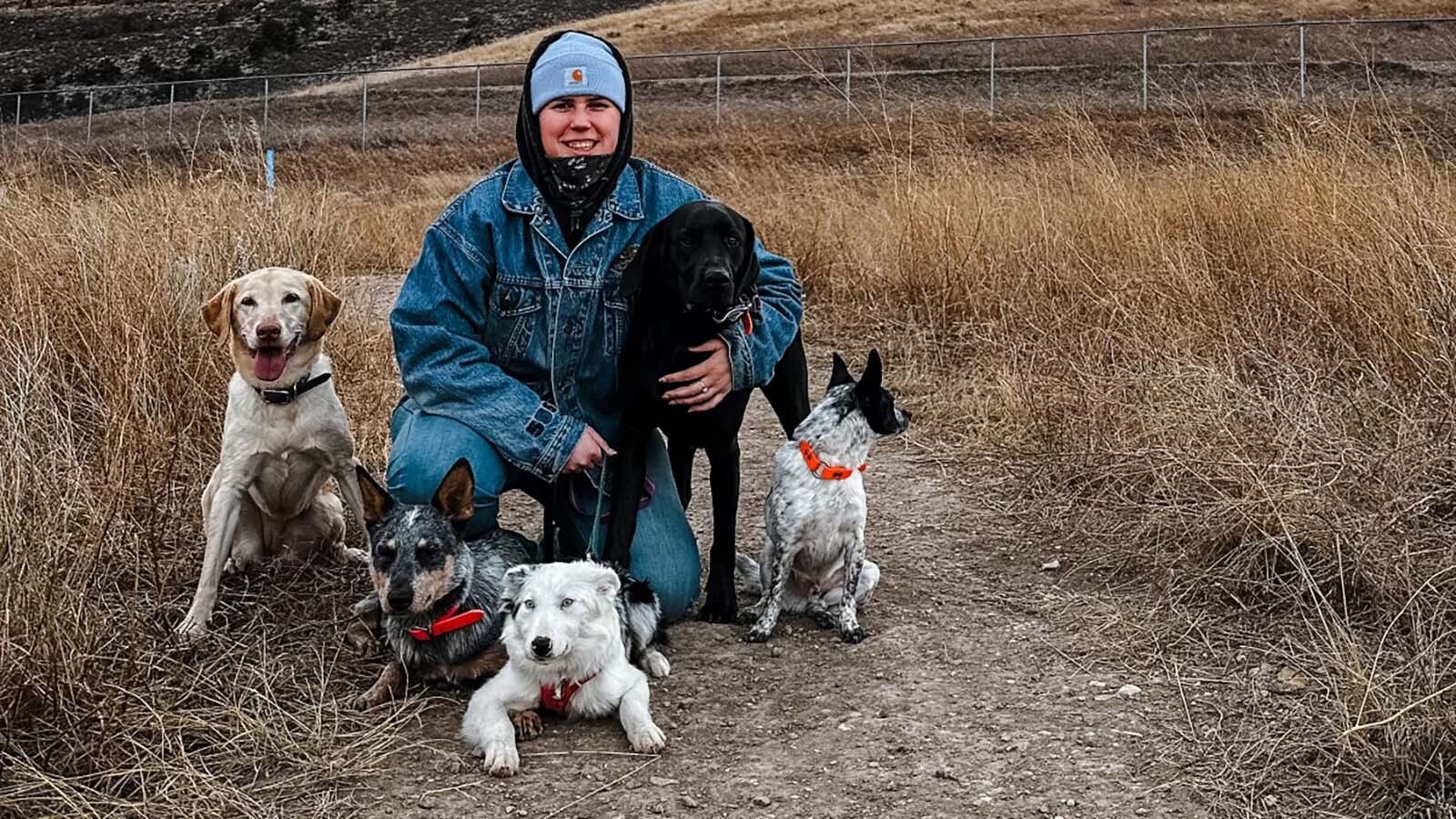The chances of being bitten by a brown recluse spider are slim to none in Wyoming.
That’s the opinion of Scott Schell, an entomologist for the University of Wyoming. But that doesn’t mean it’s mathematically zero, because although rare, the venomous arachnids have been spotted in the Cowboy State.
Schell has only seen evidence of their presence here three times in his 20 years with UW.
“I've been doing this job since May 2003,” Schell told Cowboy State Daily. “And I had one actual specimen submitted from Douglas, Wyoming, in May of 2003. And since then, I've had two others that were found in like boxes of, say, parts that came from Missouri or other parts of the country that are home to the native range of brown recluses.”
But Tuesday, a conversation began around a post on a Sweetwater County community Facebook page in which a resident was asking about what kind of spider it might be that she found in her home.

The attached photo of a brown spider with long legs became the catalyst for a conversation that Schell is very familiar with — are there brown recluse spiders in Wyoming?
“They are very rare,” he said. “But they are an outdoor spider that spills indoors back in their native range. They are not well-adapted to living in our houses in our dry climate.”
In fact, the spider that caused the hubbub online was not a brown recluse, Schell said. Instead, it’s most likely an agelenid spider, or funnel weaver, as they have spinnerets tail pipes that stick out like tailpipes.
"A recluse spider does not have large, protruding spinnerets coming out the back of its completely pale-colored abdomen," said Schell. "The two dark stripes on the cephalothorax (front half) of the spider in the photo are not the markings that a brown recluse has."
Venomous Arachnids Not Adapted To Our Climate
The brown recluse spider (scientific name Loxosceles reclusa) secretes what is known as necrotic venom, or venom that causes the death of cells in living tissue.
It’s one of three species in North America with significantly poisonous venom. The other two are the black widow, which can be found in Wyoming, and the Chilean recluse spider, which has only been observed in southern California.
The brown recluse, though, is native to the southeast part of the U.S. where the climate is warmer and more humid. Schell said it does not thrive in Wyoming’s drier, cooler climate.
“If they were (better suited to this climate), they would probably be established all over the place like common spiders,” said Schell, “like the barn funnel weaver, or the rabbit hutch spider.”
That’s why Schell says the discovery of an actual brown recluse in Wyoming is most often linked to either commerce in which a spider is inadvertently enclosed in a package shipped from its native habitat or the process of someone moving to Wyoming from somewhere in the southeast.
For example, Schell said that the brown recluse from Douglas that he identified in 2003 most likely hitched a ride from its native habitat with the people who discovered it.
“The people that had the one in Douglas, they'd visited the home range of the brown recluse in the previous months before they found that spider, so they probably brought it with them,” said Schell. “And they looked in their house afterward and found no others.”

Misidentification Of Spider Bites
Schell pointed out that misidentification of wounds as “brown recluse spider bites” is a considerable problem, because if victims suspect they’ve been bitten by a spider, but don’t follow up with a doctor, the true cause of their wounds could go untreated.
“There's a possibility that if they had a necrotic ulcer, it could be from a MRSA staph infection,” said Schell, referring to an antibiotic-resistent bacteria that generally starts as swollen, painful red bumps that may resemble spider bites. “That's much more common than people realize. If you’ve visited a hospital, if you've gone to a nursing home, if you've been to a public gym, you can encounter the methicillin-resistant staphylococcus aureus bacteria and get a skin infection that is resistant to healing.”
Schell pointed out that mistakenly assuming that a necrotic wound might be from a brown recluse spider bite, in a region where those spiders are extremely rare, could result in a more severe injury.
“If you do get hit by a brown recluse, it's kind of an enzymatic type of toxin and there really isn't a treatment,” he said. “But if you get a MRSA staph infection, there is a treatment. So having somebody say, ‘Oh, that must be a brown recluse spider’ and not doing any further diagnosis could be very harmful.”
Brown Recluse Identification
The fear of being bitten by a brown recluse can often cause people to misidentify larger brown spiders. But an actual brown recluse is easily identified, if you know what to look for, said Schell.
“It's not like a lot of spiders, where you really have to look at it under a microscope closely to have any hope of determining it.”
Where most spiders have eight eyes, Schell pointed out that the brown recluse has six eyes arranged in a particular pattern.
“That’s very different from our regular spiders and common spiders,” he said.
Schell said the chances of a brown recluse actually making its way to Wyoming is very small – and the number that have been identified here have been isolated incidents.
“As much as people move around from different parts of the country, if the brown recluse spider could live here, it would be found pretty readily,” he said.





